- November 22, 2022 -
By Lisa Murray-Roselli
The history of precious metals mining is inextricably linked to the social and economic development and exploration of the world. The use of precious metals for currency originates in ancient times and since then, wealth has fueled the power and expansiveness of kingdoms, nation-states, countries, and individuals. The technology used to extract these precious metals may have changed over time, but their value and perception as symbols of wealth and power has not.
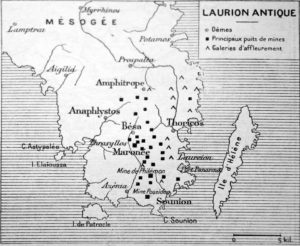
Map of Southern Attica, showing the locations of the mines at Laurion
Silver mining began about 5,000 years ago in Anatolia (now Turkey). It sustained early civilizations in the Near East and Ancient Greece. By 1,200 BCE, the Laurium mines in Greece were the center of silver production. Silver became the currency for Athens and boosted the power of the empire. Gold was likely discovered by our earliest ancestors as nuggets deposited in streams, but it wasn’t until 3,100 BCE with the Code of Menes, that we can point to a record of how its value was measured. Menes was the founder of the first Egyptian dynasty and the Code provides a standardized gold-silver value ratio.
In 1,200 BCE, according to mythology, Jason and the Argonauts sought the Golden Fleece. This myth is rooted in some very rudimentary but effective mining technology involving the hides, or fleece, of sheep. Placer gold is derived from gold-bearing rock, often in mountainous regions, which is freed by weathering—gravity and running water. It can be found in stream beds and gravel bars. Sheep’s fleece was used to recover finer placer gold using a simple, hydraulic mining technique: water propelled gold-bearing sand over the hide of a sheep, which would trap tiny but heavy flakes of gold. When the fleece was saturated, it would be hung to dry, then gently beaten, causing the gold to fall off into a collection receptacle. This technique was actually still used by some miners during the California Gold Rush of 1849!
The Greeks mined gold from the Pillars of Hercules (Gibraltar) to Asia Minor and Egypt. The remains of their placer mines can still be seen. Later on, the Romans mined gold extensively throughout their Empire, and advanced the science of mining by diverting streams to mine hydraulically and building sluices. They mined underground and introduced water wheels and the “roasting” of gold-bearing ores to separate gold from rock. As with many mines throughout history, labor was provided by POWs, slaves, and convicts.
The decline of the Roman Empire in the 4th century CE resulted in political and economic destabilization throughout western Europe. The nearly four centuries that followed were called the Dark Ages. Gold mining was drastically reduced, resulting in the widespread use of poor-quality, copper-based coins for trade. As Europe moved out of the Dark Ages and into the Early and High Medieval Ages, silver coinage became the dominant currency. However, the pillaging and looting Vikings robbed coastal areas of approximately 400 tons of silver, forcing Medieval power toward the inner regions of the continent.
In 938 CE, a colossal silver-, lead-, and copper-bearing orebody was discovered at Rammelsberg, Germany. (This mine was in production for 1,050 years!) The discovery of this orebody once again brought silver to the forefront of precious metals mining and coinage. It also spurred on a silver rush, with the unearthing of mines near Freiberg, the Black Forrest, Bohemia, the eastern Alps, and Sardinia.
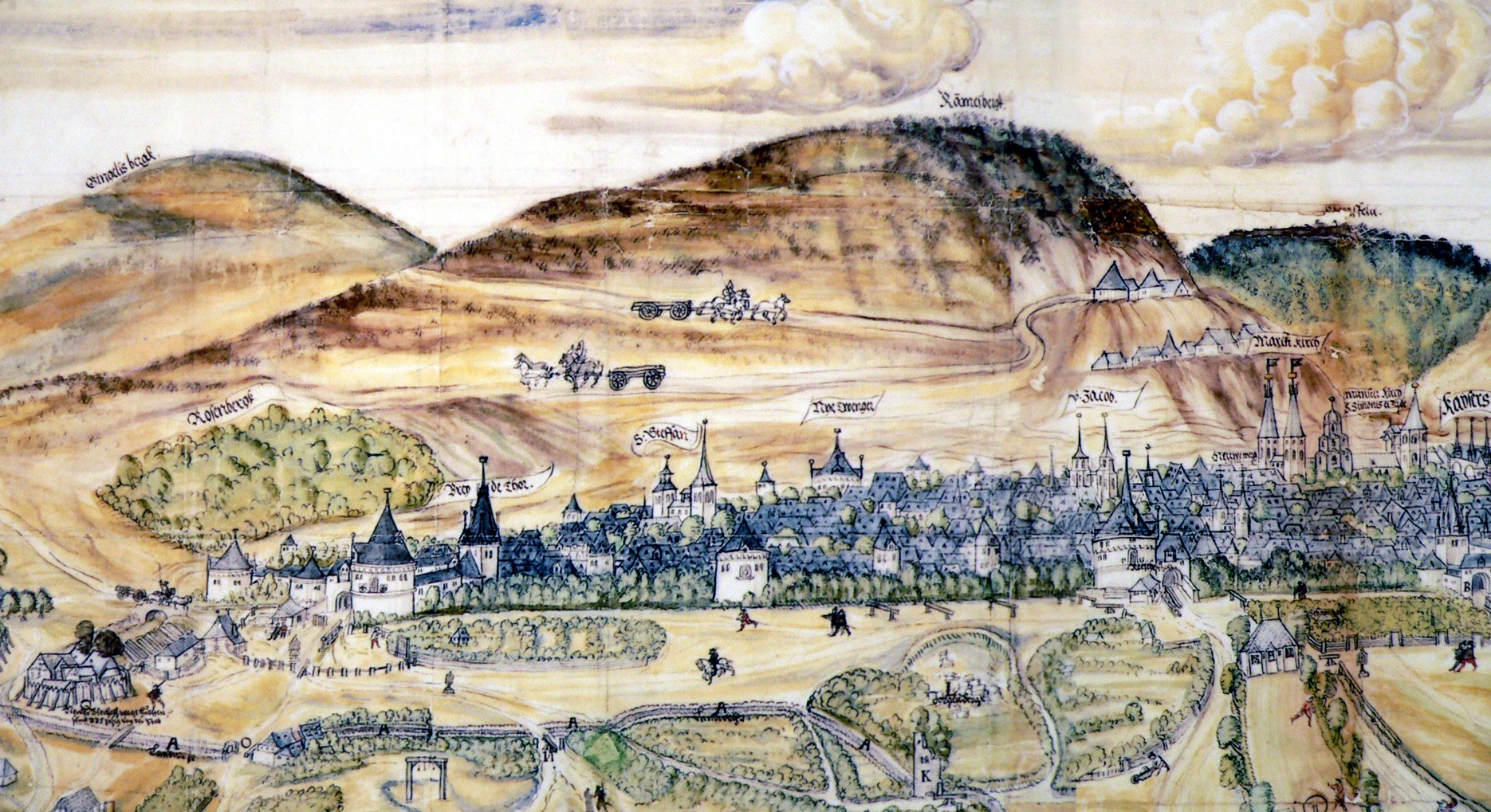
Imperial City of Goslar and Rammelsberg, 1574 depiction
This surge in the availability of silver coinage during the High Middle Ages yielded unprecedented social and economic progress: nation-states with monarchical and nobility systems replaced the feudal system, capitals and public works projects expanded, and there was more money to fund artists and craftspeople. Increased prosperity across Europe allowed for greater stability among nations and renewed an active search for gold.
Success came in the 1300s, with discoveries in Slovakia, Germany, France, Italy, and Britain. The pursuit of gold brought about the Age of Discovery in the 15th century: wealthy countries sent their explorers out into the wide world with expert miners and metallurgists from Germany and elsewhere along for the adventure. The invention of the printing press in 1450 meant that the first manuals and textbooks on mining practices and metallurgy accompanied these experts and helped to spread best practices even farther afield.
From 1500 to 1800, precious metals mining in the “New World” (the three regions of the Americas) and Africa exploded. During this period, Bolivia, Peru, and Mexico supplied more than 85% of the world’s silver, which increased Spanish influence in the Americas and elsewhere. Gold mines in West Africa and Latin America were the main suppliers of gold bullion to the world, with South Africa leading the way.
The mines in the Americas remained in operation for more than 300 years and the supply of American silver built the foundation of the Indian Ocean world economy. Mining towns also played an important role in shaping the economies and communities in the regions in which they had been established. Unfortunately, the practice of enslaving people to work the mines was widespread at this time and took a major toll on indigenous populations.
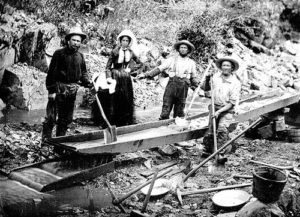
Three men and one woman panning for gold during the California Gold Rush
The California Gold Rush of 1849 signaled the beginning of mining in the Pacific. Discoveries in the Klondike region of Yukon (northwestern Canada) in 1897 further inspired the move westward to find gold. In the US, there are also major gold vein deposits in South Dakota, Colorado, and Nevada. Silver was discovered in Nevada in 1859—the Comstock Lode had the same effect as the discovery of gold in California, inspiring a rush of prospectors to the area. The fortunes made from this mine were responsible for intense economic growth as well as advances in mining technology. Once again, it was a German engineer – Philip Deidesheimer – who brought expertise to the challenge.
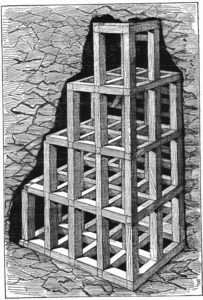
Square set timbering as used in the Comstock mines, 1877 illustration.
Deidesheimer’s square set timbering used heavy timber “cubes” as supports for underground mining tunnels and shafts. They enabled miners to open three-dimensional cavities of any size and fill them with waste rock, which would then create a solid pillar of wood and rock from the ground to the “roof.” This is referred to as “back” in mining terminology, for “backfill.” Inspired by the structure of honeycombs, Deidesheimer’s system stabilized the weak rock (“heavy ground”) of the Comstock mines, providing a safer environment for miners.
Precious metals continue to be mined in many of the areas in which they were originally discovered. Nevada reigns as the largest producer of gold, Mexico produces the most silver, and South Africa produces the most platinum in the world by far. Technologies may have improved, with the addition of drones for mine mapping and data collection, virtual reality devices for training in explosives, autonomous vehicles, digitalization, mining software, and blasting optimization systems, but the goal remains the same: to extract precious metals as efficiently and safely as possible. They continue to hold our fascination and to play a critical role in the global economy.
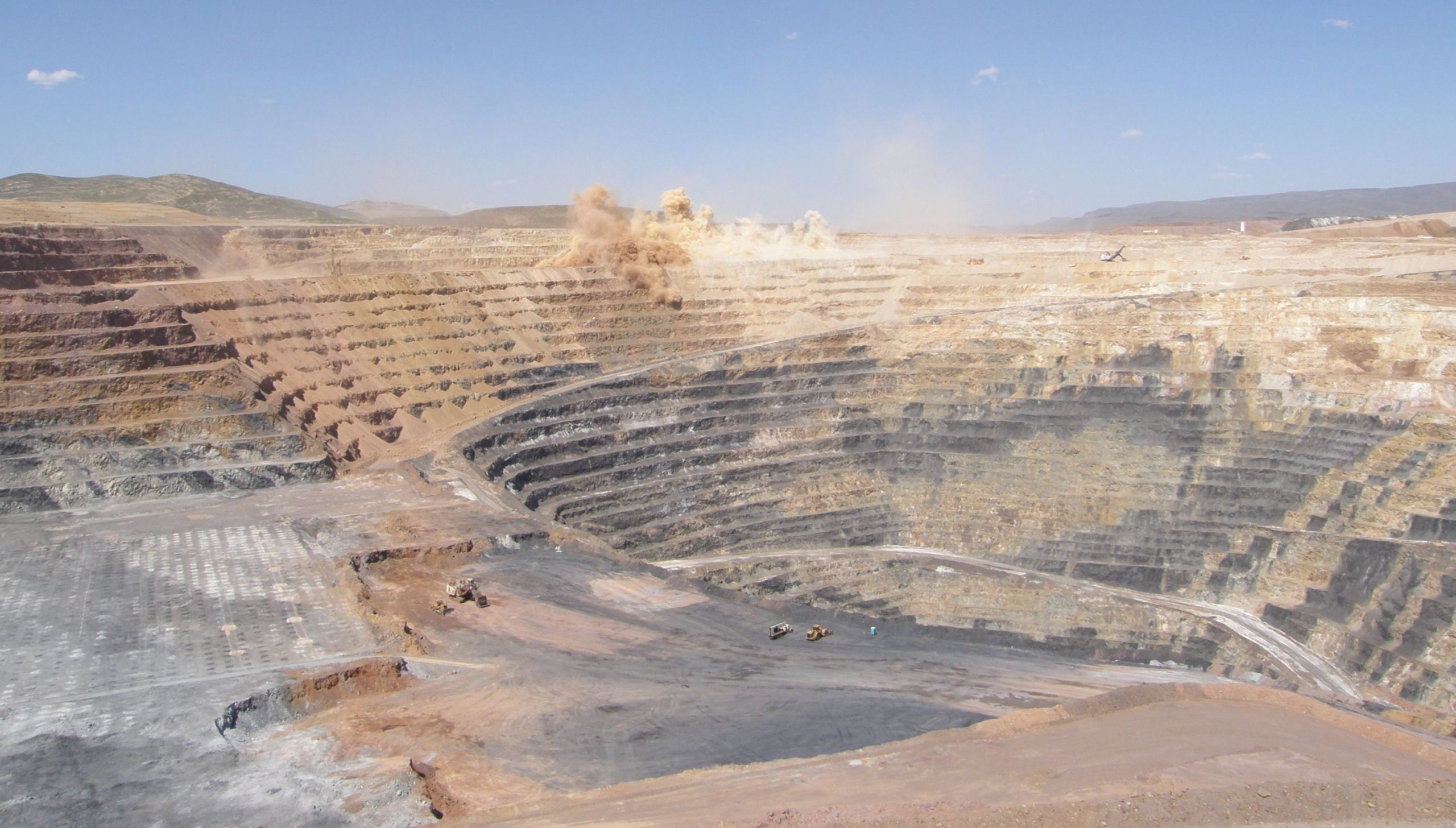
Big Blast at Twin Creeks Gold Mine, Nevada, USA. Geomartin, CC BY-SA 3.0, via Wikimedia Commons
Order by 4:00
and it’s out the door.
1 oz. Gold or 100 oz. Silver
Trade Scrap for Bullion.
No-worry Shipments
Get paid fast!
(for qualified customers)
We don't make promises we can’t deliver on.